Stunning Java developer CV examples for this year
Learn how to structure and what to include in your Java developer CV that will give you all the tools you need to secure your next Java developer job.
Learn how to structure and what to include in your Java developer CV that will give you all the tools you need to secure your next Java developer job.
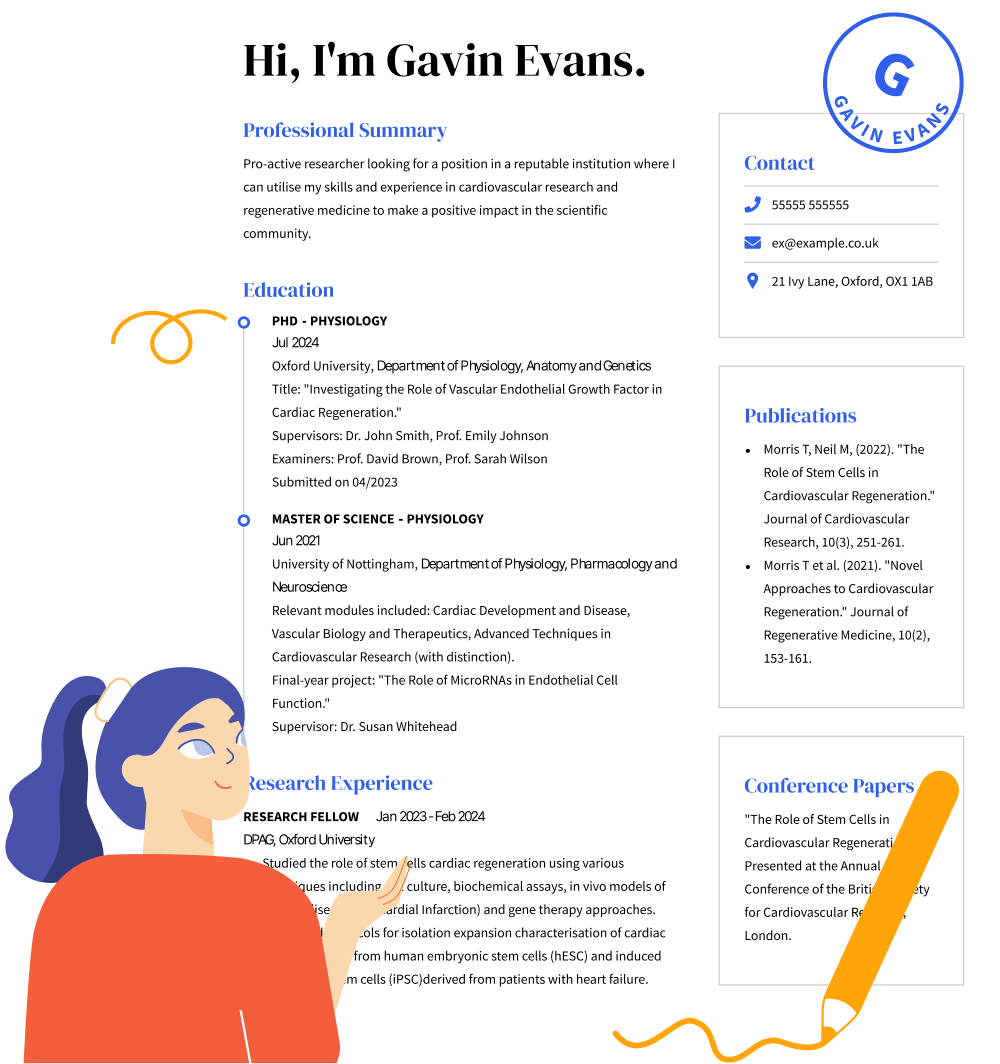
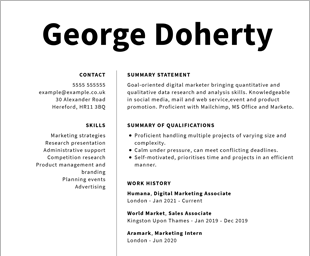
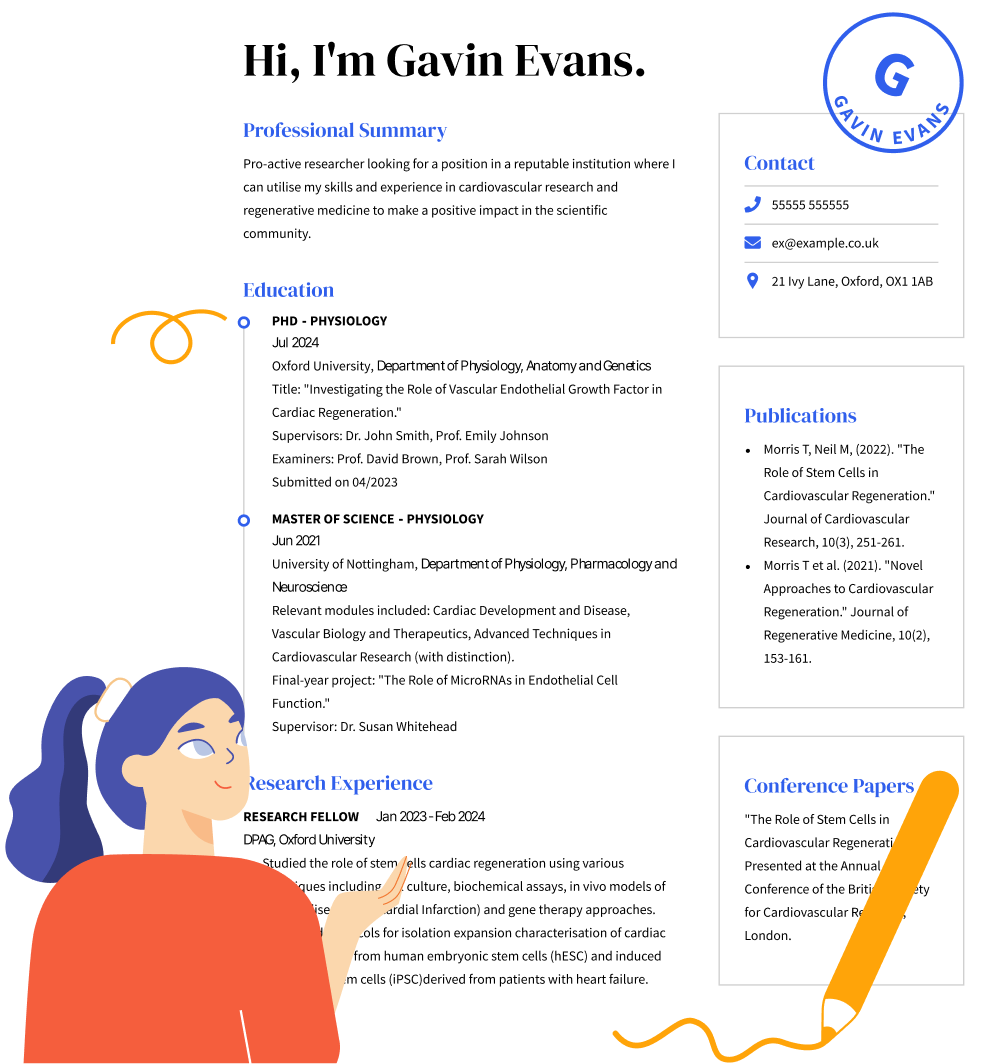
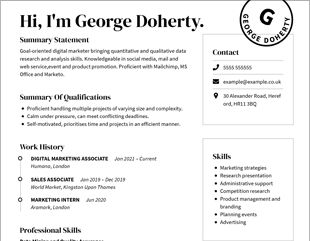
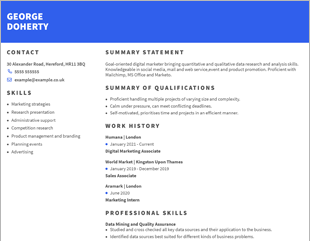
OUR USERS HAVE BEEN HIRED BY
A java developer is a highly skilled professional responsible for developing software applications using Java. In this article, we will take you through the various sections of a perfect CV, giving you an insight into how you can include all of the necessary information in a professionally laid-out CV structure.
There are many elements of your professional profile you will want to cover and include when writing a java developer CV. For example, you will need technical knowledge of Java developer skills to fully understand what the job entails. Below are a few elements you will need to cover within your professional CV:
You can choose three CV formats when creating a Java developer CV and make an informed decision about which one to use by considering your experience level. Here are the options:
Now that you have selected your CV format, you can proceed with adding your information to the following CV sections:
The header section is located at the top of your CV. This section gives the hiring manager all the contact information they need to get in touch with you. You will want to include your name, phone number and email address, as well as your city and postal code. You can also add your professional social media links, like your LinkedIn profile. Consider adding the URLs of web applications you have built in your LinkedIn profile so recruiters can see your level of developer skills.
Including a professional summary or career objective creates a professional and exciting CV that hiring managers will want to continue reading. This is a short 2-3 sentence paragraph that is dependent on your experience level or what you would like to highlight.
If you are a senior java developer, a professional summary highlights your biggest accomplishments and achievements that make you the best candidate for the position. Focus on using action words that create an impact in your statement. In contrast, a career objective is perfect for junior java developer candidates with little to no work experience but have big goals, training and subject knowledge that makes them a fit for the position.
The skills section of your CV provides you with the perfect opportunity to hit keywords and phrases listed in the job description. You should include technical, soft, hard and transferable skills. Below are some of the common skills that hiring managers are looking for in Java programmers:
Your work history section should detail all the relevant volunteer work and industry experiences. List all your previous jobs in reverse-chronological order will be helpful to the hiring manager, as your most recent experience will be situated at the top of the page. Also, include the companies you worked for, your job title and dates of employment.
To be a java developer, you will need a bachelor’s degree in computer science or a related field. While you will most likely have to demonstrate your skills during the interview process, it is advantageous to have JavaScript certification, JavaScript ES6 certification, CIW certification, Oracle, various Microsoft certifications and anything else relevant.
Be sure to list all of your education by listing the name and location of the school(s) you attended, the years you attended, your field of focus, and any degrees awarded. Also list any honours, special recognition, and awards in your education section.
Now that you thoroughly understand each section of your CV and what you should include within them, we will guide you through some of the do’s and don’ts for a java developer CV:
You should include a java developer cover letter in your job application to ensure the hiring manager receives all the required information about you and your professional background. Using a cover letter template will help you with the writing process.
Using a functional CV format and writing a career objective will help you write a java developer CV when you don’t have a lot of experience. This is because the structure will focus on your skills, which can be supported through your education section, and volunteer and internship work details.
Changing your java developer CV when applying for different jobs is essential, as you can adapt and adjust your CV to fit the specific job requirements and specifications. Highlight the keywords of each job description you read and add them to your CV to show the hiring manager that you are the perfect candidate for the job.
We personalize your experience.
We use cookies in our website to ensure we give you the best experience, get to know our users and deliver better marketing. For this purpose, we may share the information collected with third parties. By clicking “Allow cookies” you give us your consent to use all cookies. If you prefer to manage your cookies click on the “Manage cookies” link below.